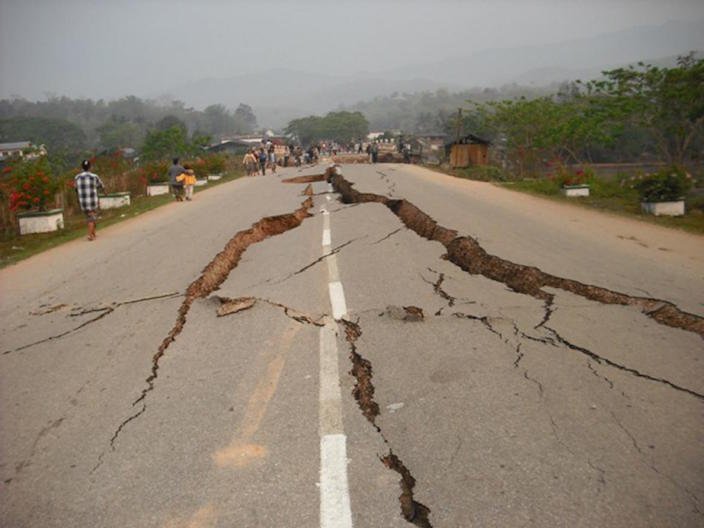Shot of Science: How Clean is your House & Transport? Big Earthquakes and Volcanoes of Gold
How clean is your house?
If Kim and Aggie’s industrial clean-outs in How Clean is Your House are your guilty pleasure then you might be interested in the large scale version. Researchers at Colorado have carried out a study of dust in 1,200 homes across the USA. They tested the samples to find out the range of bacteria and fungi that occurs and the variation of types that occur depending on the residents of the house. The study found differences in the samples from female only and male only occupied houses because some bacteria prefer one gender over another as their host. Pets were a huge variation factor and bring a whole range of their own microbes. The influencing factor of a pet was more significant that even the location or style of the home. Although a certain number of the microbes were less than healthy others were beneficial and we are reminded that we are always surrounded by invisible ecosystem of microbes.

How clean is your subway?
Similar to the house dust study was an investigation released earlier this year by researchers at Cornell who carried out swab tests on the urban environment of the New York City Subway. This research found a unique ecosystem as microbially complex as any other environment. Although many people freak at the thought of touching the railings in the subway the study showed that there was no particular reason to avoid it more than any other environment. In fact much of the bacteria had a neutral impact on humans and some of it is associated with so-called useful bacteria. The levels of pathogens found was comparable to a rural area. This was the first wide scale study carried out in an urban environment and the ‘pathomap’ will be used as a baseline for the normal microbial ecosystem of the subway. In the long term the map could be used to counter bioterrorism and identify new health risks and outbreaks.
Volcano of Gold

A volcano with a secret underground lair of gold? Sounds a little too mythical to be true doesn’t it? However geoscientists have discovered what Science er.. scientifically… term “A mother lode.” The heat of the Taupo volcanoes produces scalding water that breaks down local rocks and dissolves their metal including gold and silver. It is reported that underground reservoirs of water contain as much as 20 to 2000 parts per billion of gold and silver. New mining techniques would have to be developed to extract the precious metals but it could lead to a fortune.
Waiting for ‘The Big One’

The summer blockbuster San Andreas is another in a long line of natural disaster movies but this one specifically draws attention to its namesake fault in California. The 800 mile crack causes mini earthquakes regularly but it is thought that California is overdue a big one like the devastating San Francisco earthquake in 1906 that is estimated to have killed between 700 and 2,800 people. Experts predict that any earthquake over a 6.0 would cause structural damage to buildings. The 6.9 quake in 1989 killed 63 people but while it shook San Francisco its epicentre was in the lesser populated Santa Cruz. The good news is that newer buildings in California have been built with earthquakes in mind and plans are in progress to further protect the infrastructure networks. A potentially scarier scenario is the threat further North on the West Coast in Seattle. In the past few decades researchers have discovered that Seattle lies on section of land called a subduction zone where the North American continental plate meets the Juan de Fuca Oceanic plate. These two enormous continental plates won’t cause regular earthquakes like the San Andreas fault but every 240 years or so they lurch suddenly causing a 8.0-9.2 earthquake whose effects travel as far away as Japan in the form of a Tsunami and cause utter devastation in the Pacific Northwest. The last major earthquake was in 1699, 315 years ago, before European settlement in the region and when native American tribes in the area were seemingly wiped out. Until this fact was discovered Seattle and other NorthWest cities had no reason to protect themselves against earthquakes and the even more deadly tsunami that follows. Now, they are 315 years into a supposedly 240 year cycle completely unprotected. Kathryn Schulz explained the ins and outs of this danger and its discovery through historical evidence in her riveting article in the New Yorker which, if a little terrifying, but well worth the read.
